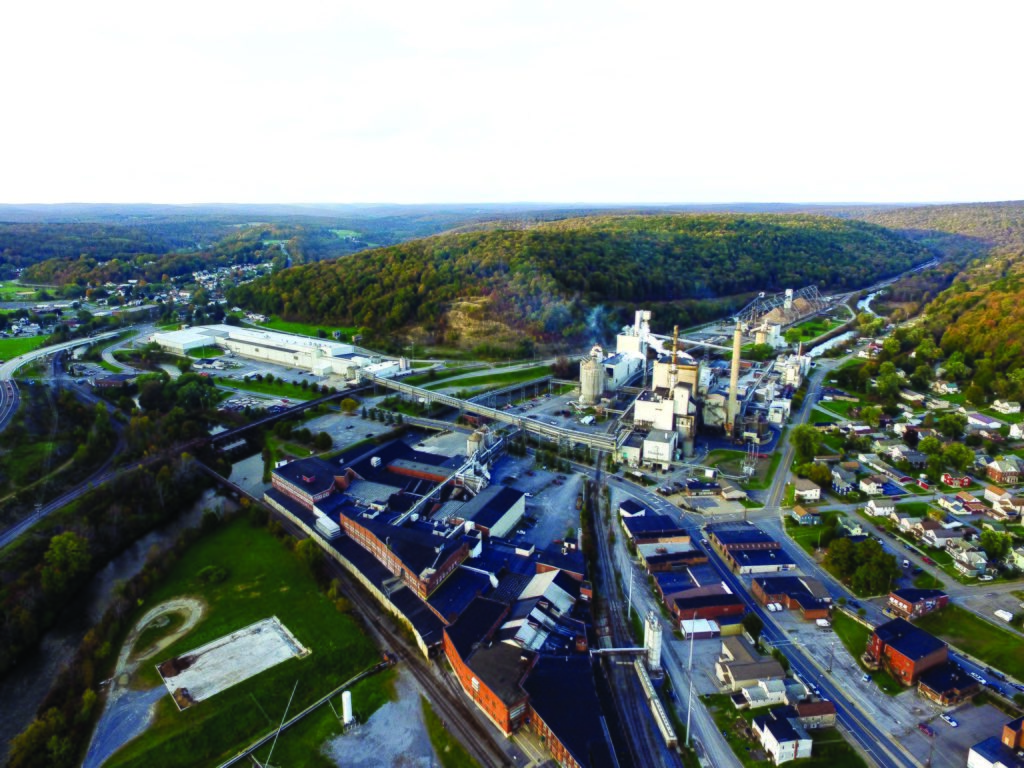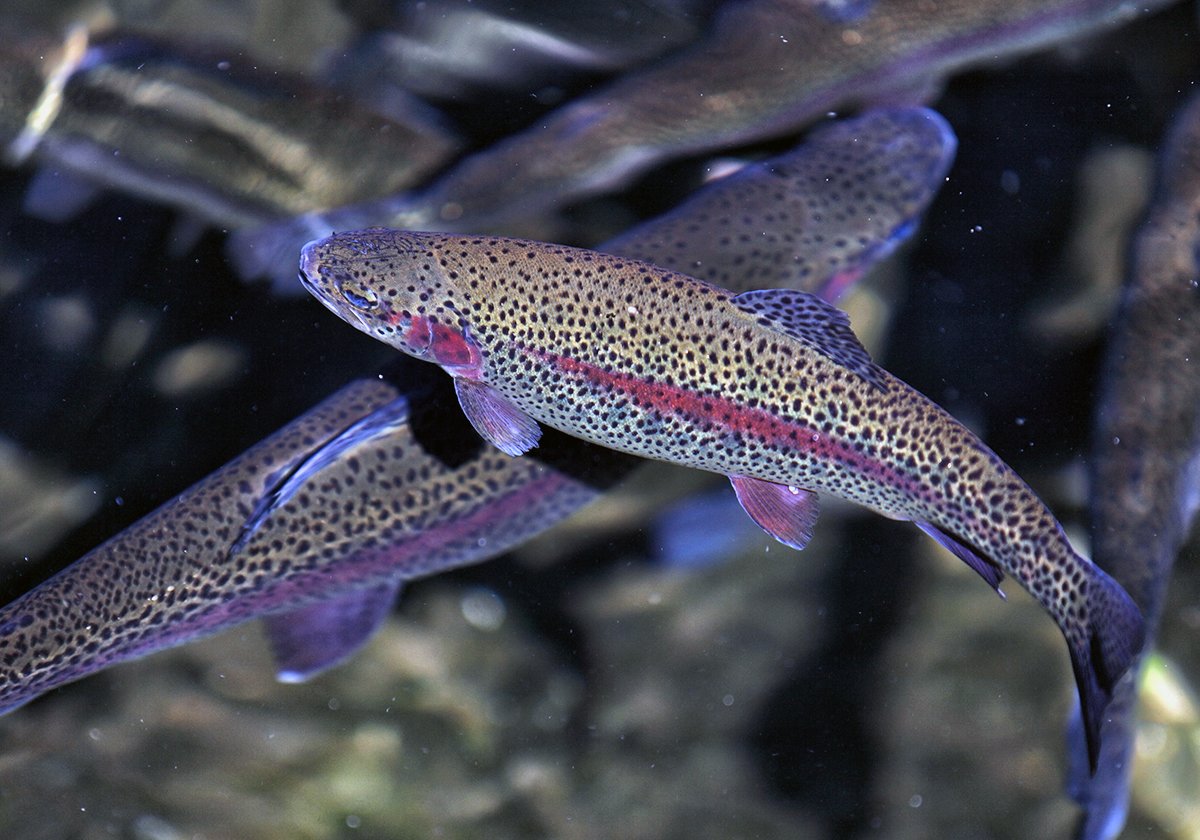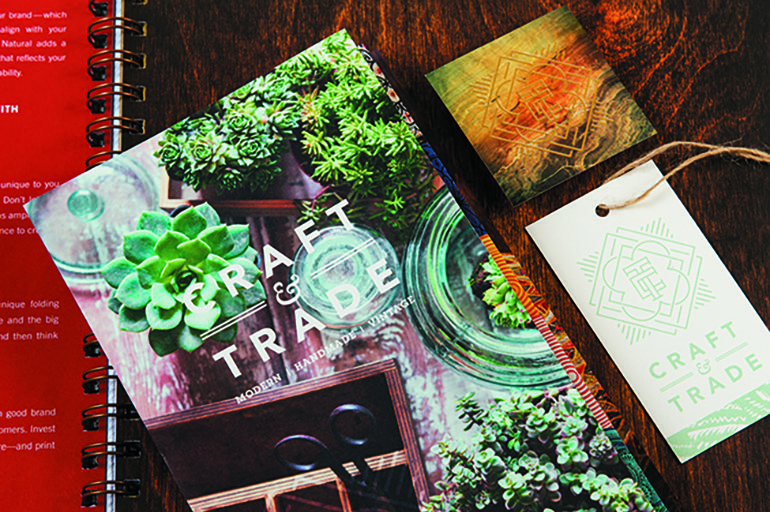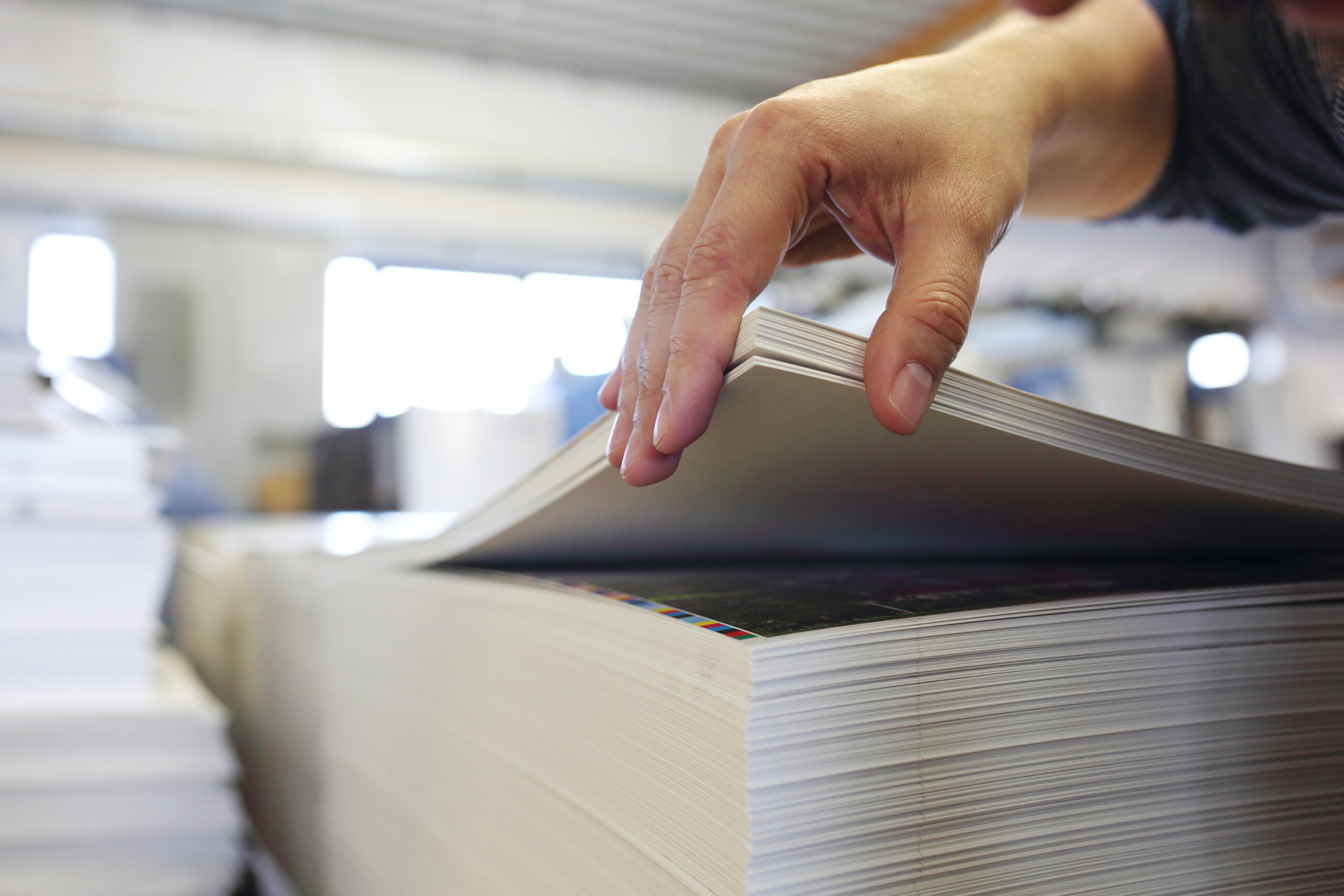Each of Domtar Paper’s 13 mills is unique and has its own personality within its community. It’s a core part of our mills’ culture to give back, and they all accomplish this through a myriad of initiatives. Tucked away near the Allegheny National Forest on the headwaters of the Clarion River is one of the most technologically advanced paper mills in the world, Domtar’s Johnsonburg Mill. The mill’s rich history, dating back to 1888, has a robust involvement in the community and stewardship to the waterways and forest it calls home. Here are 10 things you may not know about Domtar’s Johnsonburg mill.

Johnsonburg Paper Mill, est. 1888 in Johnsonburg, PA (AKA Paper City)
- A ‘Herd’ Mentality
The Johnsonburg mill has one of the largest elk herds east of the Mississippi. Almost extinct at one time, the elk herd has bounced back. The mill supports the local landscape with organic material from the paper-making process to help condition soil harmed by coal-mining operations. The byproducts from the mill are spread across previously barren areas and now help grow grass that the herd feeds on.
- Trout, Trout and More Trout
A
fish hatchery was built on site in 1994 and produces 10,000-12,000 trout each year. The mill raises the fish on-site and then they are released into the Clarion River, which has some of the best trout fishing in the area.
- A River Runs Through It
The Clarion River was federally recognized as the Wall of Scenic Rivers because of the environmental efforts of the mill. In addition, the mill received a Forest Management Award because of the on-site fish hatchery.
- Caring for the Land
The mill plants 3 trees for every tree that is sustainably harvested.
- Partnering with Local Schools
Local school leaders partnered with the mill to create the Domtar Learning Lounge, a place for high school students to relax and read. The students designed it, and in partnership with the mill and community partners, created the lounge.
- The Johnsonburg Community Center Reborn
In danger of being closed forever, the mill rallied with the community to save the century-old building. With more than 100 volunteers and about $30,000 donated, the center is a place people can utilize again. Memberships are growing every year.
- Paper Made Here
The mill produces a wide variety of paper, ranging from offset to opaque and envelope to inkjet and publishing papers.
- The Ben Carson Reading Room
Created in 2012, the room is the first of 200 across the country created to help children develop reading skills at Johnsonburg Area Elementary School. It creates an inspiring environment to encourage children to read for fun.
- Johnsonburg is Paper City
In 1925, the Johnsonburg mill was the biggest facility of its kind in the United States and the largest producer of paper. Johnsonburg was christened and is now known as “Paper City.”
- Powering a Local Economy
The mill is the backbone of the local economy and has an estimated local economic impact of $850 million. The mill is the 4
th largest employer in Elk County, Pennsylvania.






